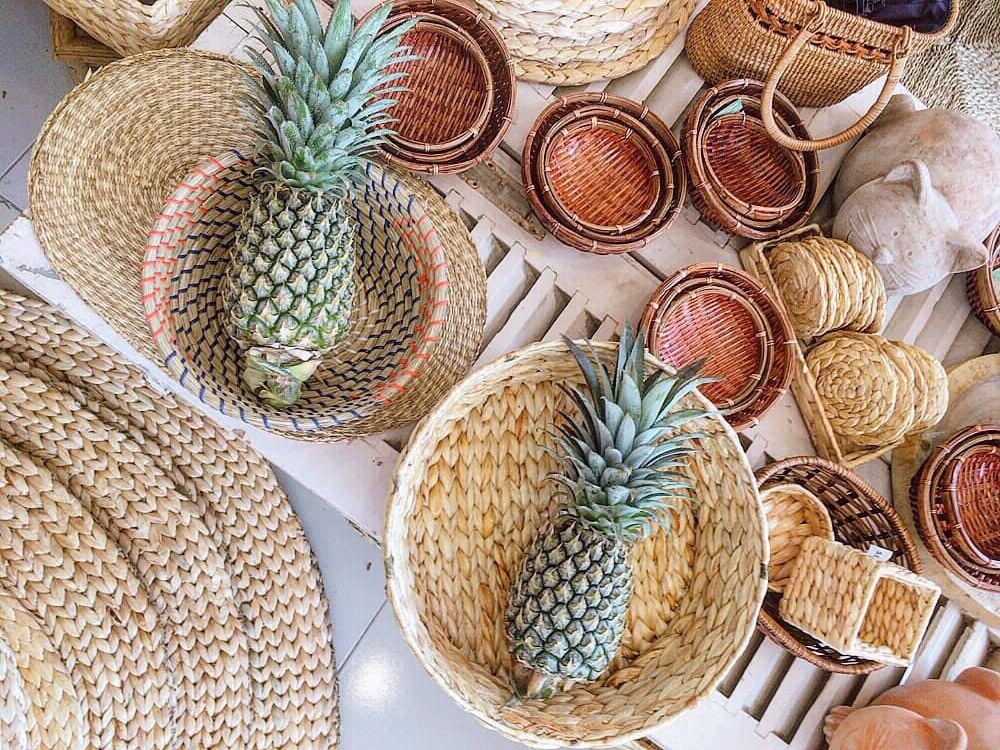Vietnam’s handicraft industry has been experiencing remarkable growth in recent years, emerging as a major player in the global market. With its rich cultural heritage, skilled artisans, and diverse range of materials, Vietnam is well-positioned to capitalize on the increasing demand for unique, handcrafted products worldwide.
Current State of Vietnam’s Handicraft Exports
- Vietnam is one of the largest exporters of handicrafts in Asia, with an average annual export growth rate of 13% in recent years.
- Vietnamese handicrafts are exported to 163 countries and territories, with Europe, ASEAN, the Americas, Australia, China, India, Malaysia, Germany, and Ukraine being the most important markets.
- Export sales of handicraft items in Vietnam have witnessed a significant boom, increasing from $274 million in 2000 to $880 million in 2009.
- In 2009, revenues decreased due to the global economic crisis, but have since rebounded, with the first quarter of 2010 recording $180 million in export sales.
Factors Contributing to the Success of Vietnam’s Handicraft Industry
- Economic transition: The shift from a centrally planned to a market economy has facilitated the expansion of the handicraft industry, as Vietnam has opened up its economy to international markets.
- Government support: The Vietnamese government has provided incentives and support for the handicraft industry, including tax incentives, land allocation, and learning opportunities for ethnic minorities.
- Globalization and tourism: The popularity of Vietnamese handicrafts in the West, combined with the growth of globalization and tourism, has introduced these products to a wider audience of foreign consumers.
Challenges and Opportunities for the Future
While the Vietnamese handicraft industry has experienced significant success, it also faces challenges such as limited design options, small company sizes, and difficulties in building brand recognition and expanding market share.However, the industry also has immense potential for growth. With proper investment and collaboration between the government and businesses, Vietnam’s handicraft sector could potentially surpass its target of $6 billion in export revenue by 2030, with an annual growth rate of 30%.One key opportunity lies in the development of sustainable materials for handicrafts. Vietnam has a wide range of agricultural materials, including bamboo, rattan, and sedge, which can be used to create environmentally friendly products. By focusing on sustainable sourcing and production, Vietnamese handicraft businesses can appeal to the growing global demand for eco-friendly goods.
Conclusion
Vietnam’s handicraft industry is a vital component of its economy, providing employment for millions of people, particularly in rural areas. With its rich cultural heritage, skilled artisans, and diverse range of materials, Vietnam is well-positioned to capitalize on the growing global demand for unique, handcrafted products.By addressing challenges, investing in sustainable materials, and collaborating between the government and businesses, Vietnam’s handicraft industry can continue to thrive and expand its reach in the global market. The future looks bright for Vietnam’s handicraft sector as it continues to showcase the country’s rich cultural traditions and innovative spirit to the world.

